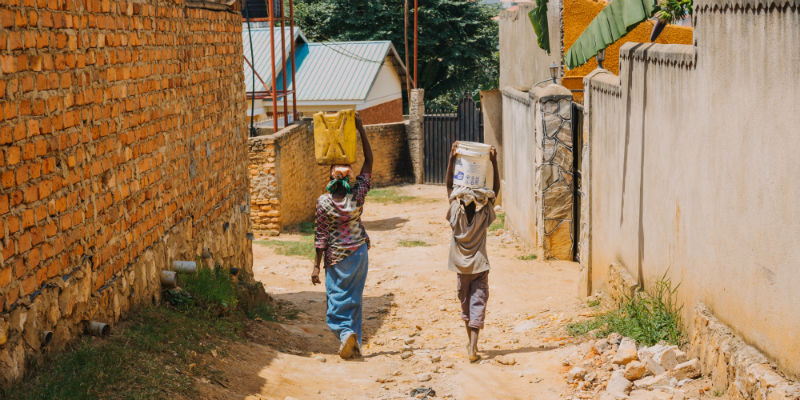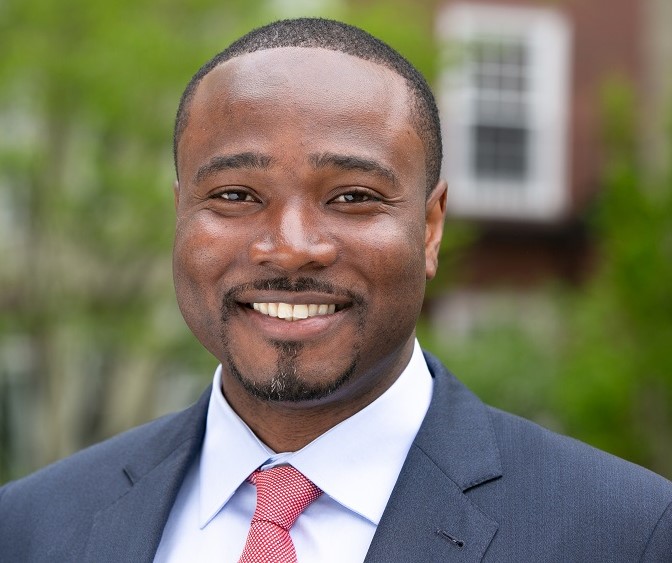Last week development organizations, governments, and global citizens recognized the International Day for the Eradication of Poverty, observed on October 17th. Known colloquially as World Poverty Day, it’s an opportunity to celebrate important milestones that have been made in the fight to end poverty, while also recognizing the significant hurdles that stand in the way of further progress.
This year’s theme, “Acting Together to Empower Children, their Families and Communities to End Poverty,” is particularly apt since it seems to acknowledge that people living in poverty must lead the charge. In principle, many development organizations have already made great strides here, with many of them working closely with local communities to drive change. But oftentimes in practice key decisions are still made by outside “experts” with the best of intentions. As such, the predominant development strategy—in which organizations transfer resources to poor communities—remains in full force. Regrettably, this strategy tends to create dependence, rather than build capacity.
For people living in poverty to truly become empowered, they must gain the ability to improve their economic, social, and political well-being. To that end, our research on innovation and economic development has uncovered three questions development organizations can ask themselves to improve their odds of success and ensure their activities are truly enabling people to improve their own circumstances.
1. Does our mission align with the mission of those we seek to help?
People living in poverty are the ones who should be able to define what progress looks like. Unfortunately, the missions of well-meaning organizations are sometimes in conflict with the mission of the people they’re trying to help.
Consider a farming community that’s been hit repeatedly with extreme weather, obliterating crop yields and eliminating roads that make it virtually impossible for food to reach consumers. The United States Agency for International Development (USAID) food assistance program might step in, whose mission is to “feed the hungry and transform lives” around the world. According to USAID, more than three billion people have benefited from this program. How can this not be a good thing?
Although the farming community may indeed appreciate that the program has solved an acute problem—hunger—the program’s mission probably isn’t aligned with that of the community. This community’s “mission,” so to speak, is to rebuild its own agriculture, food processing, distribution, sales, and so on, so community members can reclaim their livelihoods and improve their standards of living. How can they do that if their customers continue to get free food from the United States? It becomes clear that the mission of the USAID food aid program and those of the local farmers and others in the community are in conflict. This isn’t to say that groups like USAID should retreat entirely from communities in crisis, but they should act with a guiding emphasis on empowering those communities to meet their own goals.
2. Are we creating dependence?
Despite President John F. Kennedy’s call for “aid to end aid” and for American aid to “help people help themselves,” many development efforts from the US (and indeed elsewhere) unintentionally create dependence. Still, there are plenty of organizations that are focused on building the capacity of impoverished communities, like Safe Water Network. The organization is committed to increasing access to safe water, but rather than create dependence, it’s working to extract itself from its projects over time by ensuring their sustainability.
Safe Water Network understands that the solution to a water problem is not to simply “build a well” or “provide water.” The organization has found that there must be a system that can sustain the water investments it makes. As such, Safe Water Network identifies entrepreneurs within the community, provides them with the necessary equipment for pumping and purifying water, and trains them to sell their services. What if development organizations only pursued projects after first thinking about their exit and what would need to be done to make their projects more sustainable?
3. Is our intervention creating or connected to a market?
Empowering people to improve their economic, social, and political well-being is a tall order in places where job opportunities are limited. That’s where markets come in. The creation of new markets is one of the most viable ways to create prosperity in poor communities because markets not only provide income for people to lead better lives, but they also generate necessary taxes that can be reallocated towards public services. Better yet, projects that either create or connect to a market have a better chance of surviving and growing because of the market’s ability to sustain them. Regrettably, there’s a common misconception that people in low-income countries are too poor to purchase, create, or innovate—activities that are critical in helping them begin their journey toward prosperity. But here’s an example of what could happen if we made development aid more market-based.
In a very impoverished Taiwan in the 1950s, USAID provided the necessary capital to help establish Formosa Plastics, which has grown into one of the world’s leading plastics companies today. By the mid-1960s, Formosa had partnerships with several international firms and had diversified into making different products including rayon and acrylics. By the 1970s, it was Taiwan’s top manufacturer of manmade fiber. Formosa wasn’t the only company USAID supported, however. Around the same time, the organization provided a loan to Tatung, enabling the company to manufacture and assemble electrical products. Today, Tatung makes everything from transformers and commercial air-conditioners to IoT products (like Wi-Fi cameras) and electric motors. Sales in 2017 surpassed $2.5 billion.
In order to double down on its market-based development efforts, in 1958 USAID set up the Office of Private Development to “promote a business climate which would encourage private local and foreign investment” in Taiwan. Thanks to investments like these, Taiwan was able to transition from poverty to prosperity in less than 50 years.
Development organizations are tasked with solving some of the world’s most pressing and complex problems. By stepping back to ask themselves these questions, they stand to truly empower the people they aim to serve, and together create prosperity.


